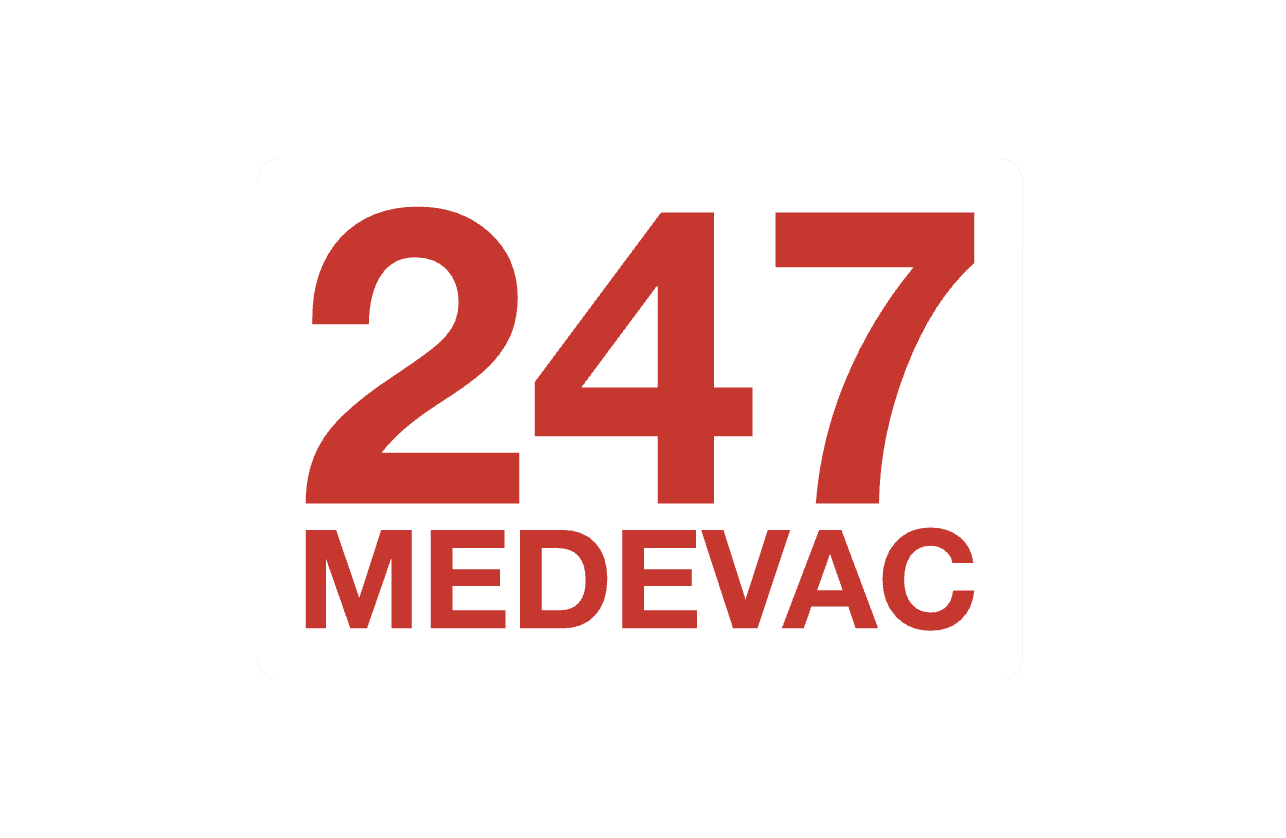Air Ambulance Transfers for Heart Attack Patients: How Critical Care Takes Flight
A heart attack is one of the most urgent medical emergencies a person can experience. When it occurs at home, immediate access to emergency services and cardiac care can mean the difference between life and death. But when a heart attack strikes abroad, far from familiar hospitals and advanced facilities, the situation becomes far more complicated. Air ambulance transfers provide a vital solution in these circumstances, ensuring that patients receive rapid, specialist care and can be transported to hospitals capable of delivering life-saving interventions. The combination of speed, medical expertise, and specialized aircraft transforms air ambulances into flying intensive care units, ready to meet the unique needs of cardiac emergencies.
The challenge with heart attack patients lies in the time sensitivity of the condition. Known medically as myocardial infarction, a heart attack occurs when blood flow to part of the heart is blocked, starving the muscle of oxygen. The longer the blockage continues, the greater the damage to heart tissue, and the higher the risk of complications such as arrhythmias, cardiac arrest, or heart failure. In many cases, emergency treatments such as angioplasty, stenting, or bypass surgery are required quickly to restore blood flow and prevent irreversible damage. While some local hospitals abroad may provide basic stabilization, they may lack the advanced cardiology units needed for these procedures. Air ambulance transfers bridge this gap, moving patients rapidly to centers where definitive treatment can be carried out.
An air ambulance transfer for a heart attack patient begins with immediate stabilization. Local doctors and the 247 Medevac medical coordination team assess the patient’s condition to determine whether they are stable enough for flight. Advanced monitoring and life-support systems are put in place, ensuring that vital signs remain controlled during the transfer. Once cleared, the patient is carefully transferred from the hospital bed to a waiting ground ambulance, which delivers them directly to the air ambulance aircraft. Every moment is coordinated to minimize delays and ensure the chain of care remains unbroken.
On board the aircraft, the patient is supported by a specialist medical team experienced in cardiac emergencies. Depending on the case, this may include an intensive care doctor, critical care nurse, and paramedic, all trained to manage heart attack complications in flight. The aircraft itself is equipped with ventilators, cardiac monitors, defibrillators, and infusion pumps, replicating the capabilities of a hospital coronary care unit. Medications such as anticoagulants, pain relief, and drugs to stabilize heart rhythms are available, and the medical team is prepared to respond to any deterioration mid-flight. In some cases, patients may require mechanical support such as intra-aortic balloon pumps, and air ambulances are configured to carry this equipment safely across borders.
Speed is central to these missions. Air ambulances are able to bypass commercial flight schedules and depart within hours, reducing delays that could compromise outcomes. Unlike commercial airlines, which are not equipped to handle critically ill passengers, air ambulances provide a private, medically controlled environment tailored to the patient. This ensures that even if complications arise, the team is prepared to act instantly. For families, the reassurance of knowing their loved one is being cared for at every stage provides comfort during an overwhelming situation.
Heart attack transfers by air ambulance are not only about reaching advanced treatment but also about providing continuity of care. Many patients require urgent intervention upon arrival, and 247 Medevac coordinates directly with receiving hospitals to ensure that cardiology teams are on standby. Medical reports, monitoring data, and updates from the in-flight team are communicated in real time, so that when the patient arrives, treatment can begin without delay. This seamless transition from air to hospital care significantly improves survival rates and recovery outcomes.
The need for air ambulance transfers is particularly strong in regions where specialist cardiology services are limited. Travelers in remote locations, expatriates in developing nations, or workers stationed abroad may find that local hospitals are only able to provide temporary stabilization. For them, repatriation to a home country or transfer to a regional cardiac center can make the difference between limited care and life-saving intervention. Governments, insurers, and corporations often rely on services like 247 Medevac to fulfill their duty of care obligations in such circumstances, ensuring that individuals have access to the best possible treatment regardless of geography.
The logistics of these missions require careful planning. Overflight permissions, flight clearances, and ambulance coordination at both ends must all be arranged quickly and efficiently. 247 Medevac’s operations team specializes in managing these details, working across borders and time zones to ensure there are no administrative delays. This expertise allows medical teams to focus entirely on patient care while families and insurers receive transparent updates throughout the journey.
Air ambulance transfers for heart attack patients highlight the importance of preparation and expertise in critical care transport. They are missions where time is truly muscle, and where every decision has profound consequences. The combination of aviation and medicine ensures that geography does not dictate survival, and that patients can receive advanced interventions no matter where they fall ill.
247 Medevac is dedicated to delivering this life-saving service, providing around-the-clock global coverage with highly trained cardiac care teams and aircraft equipped as flying ICUs. By working with insurers, governments, hospitals, and families, the company ensures that patients who suffer heart attacks abroad are not left without options. Instead, they are offered a lifeline—swift, safe, and expert care that brings them to where they need to be.
In the end, heart attack transfers by air ambulance are about more than speed and logistics. They represent compassion in action, a commitment to ensuring that every patient has access to the highest standard of medical care, no matter where they are in the world. With 247 Medevac, critical care truly takes flight, turning moments of crisis into journeys of hope and survival.
